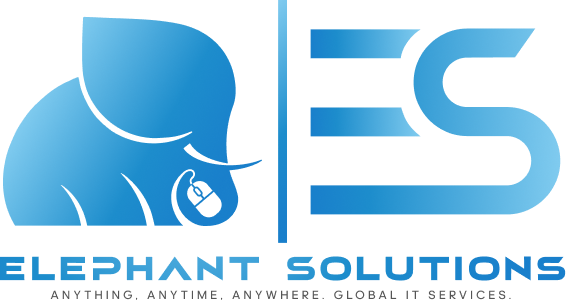Different Types of IT Jobs – Part 1
Introduction
Almost every company today needs one IT department, whether it is small, medium, or large. Information technology (IT) professionals help companies maintain digital infrastructure, take care of protecting it and help consumers solve problems of a technical nature.
The good news is that the tech sector is constantly expanding and will certainly continue to grow, thus creating new jobs and new types of jobs. Some of the main advantages of IT jobs are good salaries, flexible working hours and the ability to work from home.
If you have completed or are studying IT, you have probably wondered what jobs you can do in your profession that are well paid?
Here are several different IT jobs you can keep in mind.

Systems Analyst
System analyst helps companies get the most out of the technology they use. The company will implement new technologies if system analysts estimate that these technologies will contribute to the development of the company. System analysts have the task of assessing whether these technologies fit into the company’s budget and current infrastructure.
Technology is considered to be both software and hardware. This job requires a good knowledge of different operating systems, programming languages, hardware configurations, software and hardware platforms.
This job position is also often called:
- Information Technology Analyst
- Application Support Analyst
- System Analyst
- Systems Designer
Development Operations Engineer (DevOps)
As the name suggests, DevOps engineer works together with development and operations teams to create a single process during software development. They serve as the middle man between these two teams, represent a mediator in communication, and solve problems quickly.
DevOps includes positions such as development, IT operations, quality engineering, and security to work together to create a reliable product. It enables the team to better understand the needs of clients, business goals are achieved faster and application development becomes better.
This job position is also often called:
- Continuous Improvement
- Development Operations Architect
Web Developer
Web developers create and make modifications to websites. Web developers most often create websites that companies use to interact with customers. Their task is to create a website in a way that is user-friendly and meets all the requirements for functionality by the client. The job of a web developer is usually divided into three types: front-end, back-end, and full-stack developers.
Web development also includes website design, but this is usually done by web designers. Webmasters also take care of website maintenance.
As a web developer, you can work for companies or as a freelancer. Most often, web developers opt for front-end or back-end development. Over time, with more experience, they may choose to become full-stack developers or choose other positions such as project manager.
This job position is also often called:
- Front End Developer
- Back End Developer
- Web Administrator
- Full Stack Web Developer
- Full Stack Engineer
- Web Designer

Cloud Engineer
The primary task of a cloud engineer is to find a way to transfer the company’s current infrastructure to the cloud. Cloud represents remote servers that store and manage data. The most popular cloud providers are Amazon Web Services (AWS), Microsoft Azure, and Google Cloud Platform. Data maintenance is usually performed through these platforms. As more companies move their infrastructures to the cloud, the demand for cloud engineers will increase.
In addition to technical skills, managerial skills are also required for this job. Cloud engineers often participate in negotiations with suppliers, coordinate with IT teams, and communicate with management about the progress of the projects they are working on.
This job position is also often called:
- Cloud Architect
- Cloud Consultant
- Cloud Software Engineer
- Cloud Network Engineer
- Cloud Systems Engineer
Data Scientist
Data scientists analyze data and organize it in such a way as to help the company make business decisions. They usually use machine learning to collect company data. The data scientist role groups computer science, mathematics, and statistics. They analyze, process and model the data they use to make plans for companies. This job requires knowledge of mathematics and statistics, however, natural curiosity is very important as the work is creative and requires critical thinking.
This job position is also often called:
- Data Analyst
- Data Engineer
- Business Intelligence Analyst
Software Engineer
Software Engineer is one of the most popular IT careers as there is a great need for them. Software engineers design, develop and install software systems. Usually, these are people who know how to program, design, and have additional experience in application development.
If you think analytically and enjoy problem-solving then this could be a good deal for you. This job allows you to work in various industries since almost all businesses today use software. The job of a software developer is fun but also challenging.
This job position is also often called:
- Software Developer
- Computer Programmer
- Application Developer
- Applications Engineer
Conclusion
You should have a minimum bachelor’s degree in computer science or a related field for any of the above jobs. If you are looking for a job or planning to move to another position within your IT company, start building the right skills that you can put on your resume later.
These are some of the most popular IT jobs, in the next post we will present what other IT jobs exist.
We invite you to follow us on social networks so you can keep up with all our latest projects and news.













